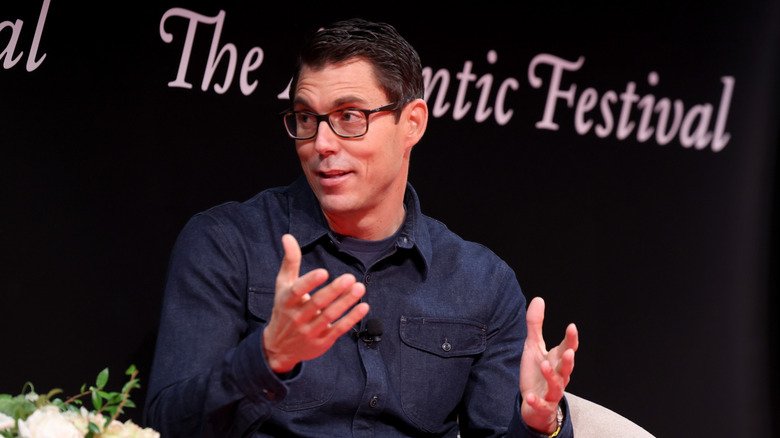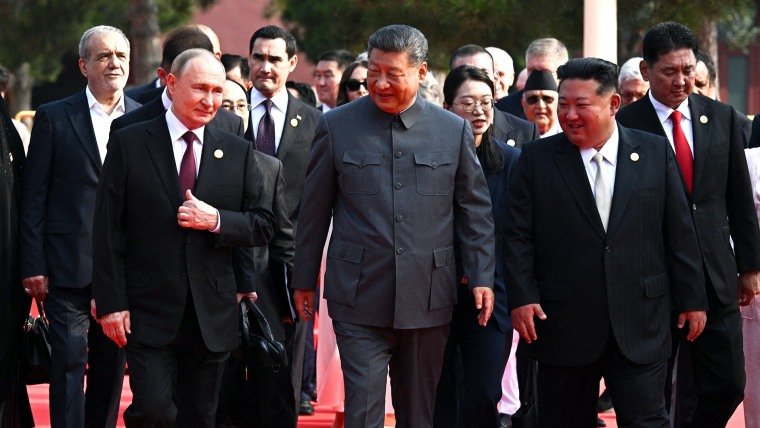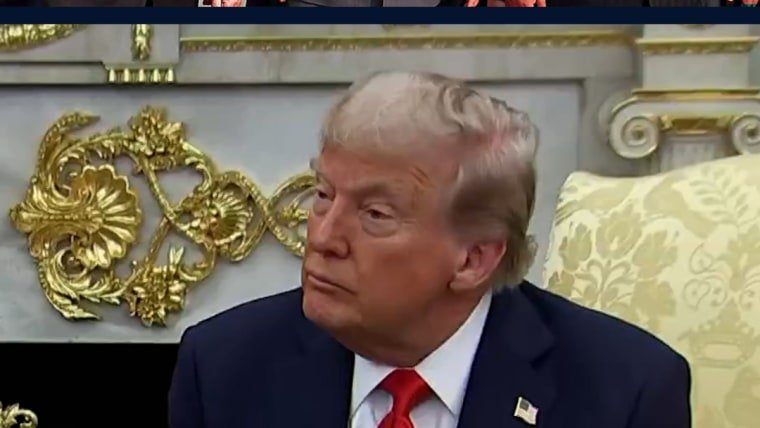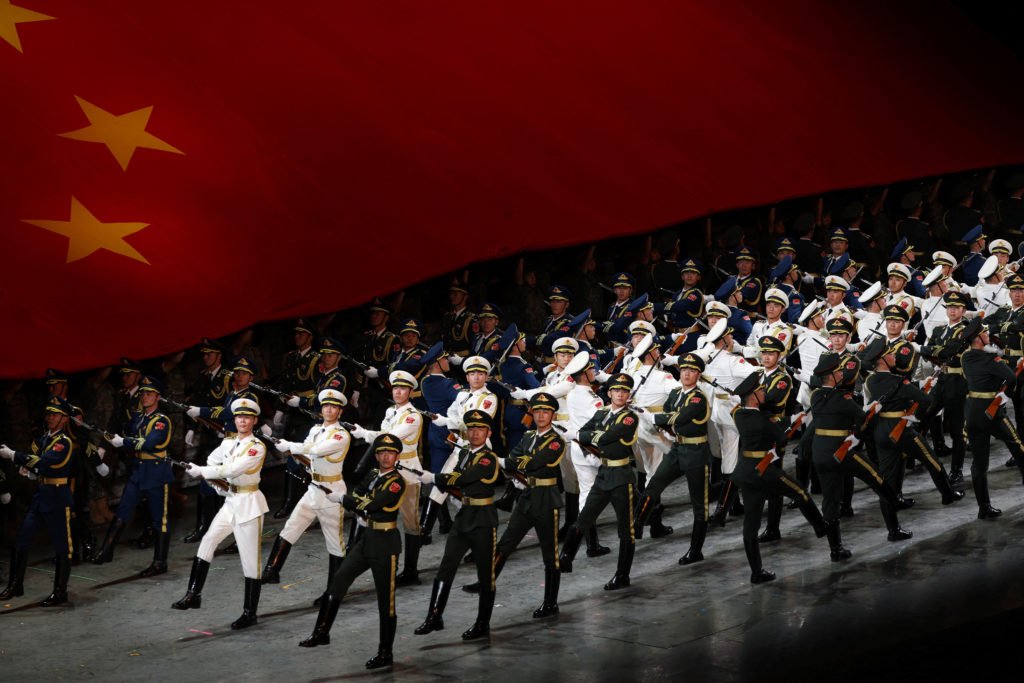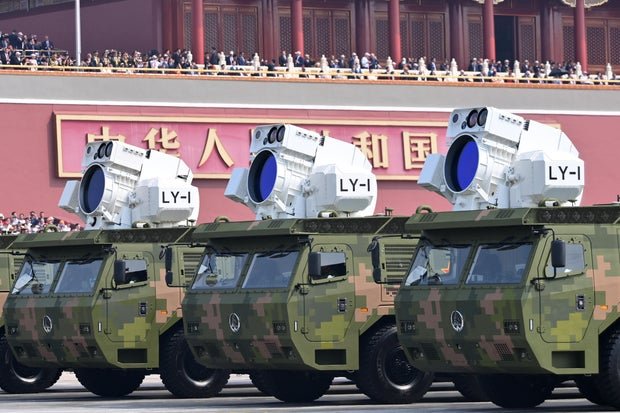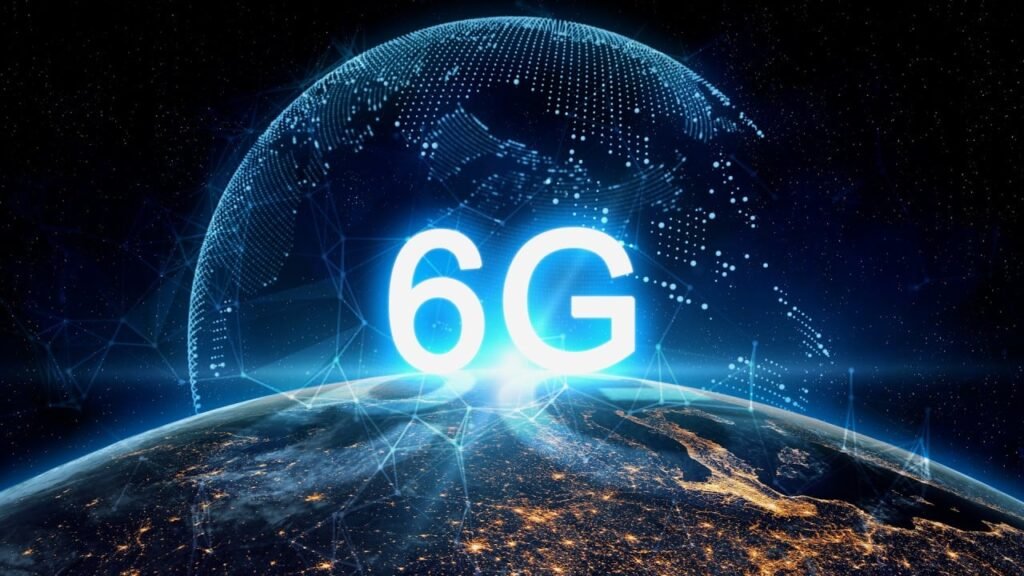TIANJIN, China — A private car ride with Vladimir Putin may not be as special as President Donald Trump thought.
With a backseat bromance of their own, as well as hand-holding and hugs, the Russian leader, his Indian counterpart, Narendra Modi, and their host, Chinese leader Xi Jinping, put on a display Monday that seemed designed to turn heads in Washington.
The three leaders staked out long-held positions in comments at this key regional summit in the Chinese port city of Tianjin, but the tenor and the timing of the trio’s embrace was impossible to ignore.
India, long courted by the West as a crucial Asian partner and counterweight to China, has been rattled by Trump’s tariffs; the Kremlin has publicly brushed aside Washington’s peace push in Ukraine; and Beijing continues to spar with the U.S. over trade, Taiwan and global influence.
Amid this thicket of tensions, the cozy optics at the Shanghai Cooperation Organization (SCO) gathering appeared a clear signal in the face of U.S. pressure.
Weeks after Trump and Putin made headlines with a protocol-busting ride in “The Beast” at their Alaska summit, Modi joined the Russian leader for a drive in the back of Putin’s own armored limo — a not-so-subtle statement of defiance just days after the U.S. doubled tariffs on India to 50% as punishment for buying Russian oil.
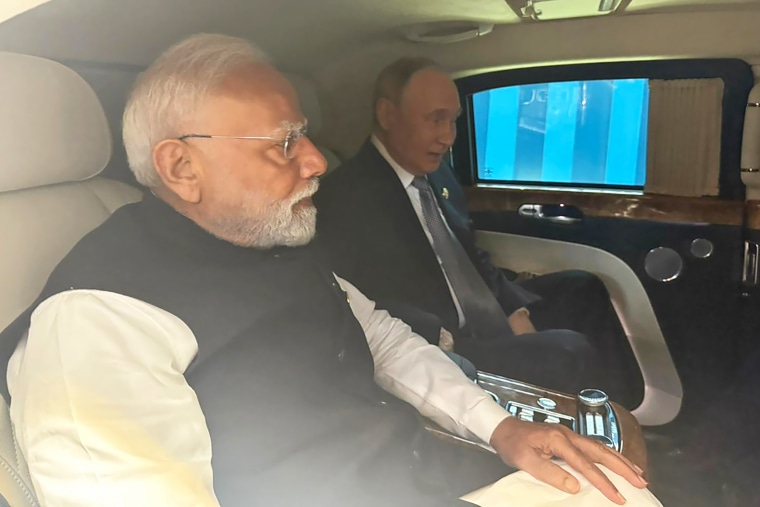
Russian state media reporter Pavel Zarubin said the pair spent nearly an hour in the car before proceeding to bilateral talks.
“I always feel that meeting you has been a memorable experience,” Modi said to Putin later during the talks.
The Russian leader called Modi his “dear friend,” espousing Russia and India’s “friendly and trusting” relations.
In a speech to delegates, Putin did say that “understandings” reached at his summit with Trump could form the basis for peace in Ukraine, but he gave little indication of a shift in his position and issued his customary rebuke blaming the West’s “constant attempts to drag Ukraine into NATO” for causing the war.
‘A totally one sided disaster!’
Perhaps watching from Washington, Trump said Monday that the relationship between India and the U.S. had been “a totally one sided disaster!” and chided New Delhi for buying “most of its oil and military products from Russia,” and “very little from the U.S.”
He said that India had now offered to cut their tariffs on U.S. goods to zero. “But it’s getting late,” Trump added.
Whether the theatrics in Tianjin were spontaneous or carefully planned, “the message remains the same,” Keir Giles, a senior fellow at London-based think tank Chatham House, told NBC News.
“The close relationship that Trump sought with Putin is now on display between Putin and others,” he said, adding that the U.S. had “given India a real cause to look for friendship and partnership elsewhere.”
That friction had also given India a reason to “mend fences” with China, said Alyssa Ayres, a senior fellow for India, Pakistan, and South Asia at the Council on Foreign Relations.
India has “lots of problems,” with China, she said, “but it is right on their border, and it’s their largest trading partner in goods.”
Xi, for his part, criticized the “bullying behavior” from unnamed countries, a veiled reference to the U.S.
He outlined his longstanding ambition to challenge the U.S.-led global economic and security order. “We must continue to take a clear stand against hegemonism and power politics, and practice true multilateralism,” he said, while laying out a new “Global Governance Initiative” that was short on concrete policies.
Talking in Tianjin
Much of this northeastern port city was on lockdown ahead of the summit, the biggest since the SCO’s founding in 2002.
China welcomed dozens of leaders from Eurasian member states and other partner and observer countries for talks on trade, energy cooperation and regional stability. Their motorcades brought car and pedestrian traffic to a halt, with the area around the sprawling event venue on lockdown and security stepped up at the city’s train station.
Security barriers and police-manned checkpoints were present throughout Tianjin, with authorities’ usual caution exacerbated by a spectacular military parade set to take place Wednesday in nearby Beijing.
Focus on the growing summit, part of China’s long-running effort to challenge U.S. dominance, has only been amplified this year by global upheaval from Trump-era policies and other foreign policy shifts.
India and China have long sparred over their Himalayan border, trade tensions and Beijing’s support for India’s rival, Pakistan.
But shared grievances — including Trump’s tariffs, which in China’s case have reached as high as 145% — have helped carve out common ground.
Against that backdrop, Modi’s first visit to China in seven years and his apparent camaraderie with Xi and Putin appeared especially striking.
While Modi joyously clasped Trump’s hand during a massive rally in Texas in 2019, Indian media on Monday seized on his friendship with Putin as a message of defiance against the U.S.
Indian television channel Republic World called it a “big diplomatic win” for India, while a headline on new channel Aaj Tak ran “Trump’s dictator vs. Modi-Putin’s friendship.”
In the wake of the Tianjin summit, the U.S. embassy in India highlighted that the partnership between the two nations “continues to reach new heights,” spanning “innovation and entrepreneurship, defense, and broader bilateral ties.”
But the message, from Modi as well as Xi and Putin, seemed clear: They may have differences but they are ready to stand — or sit — together.
Janis Mackey Frayer reported from Tianjin, and Freddie Clayton from London.


